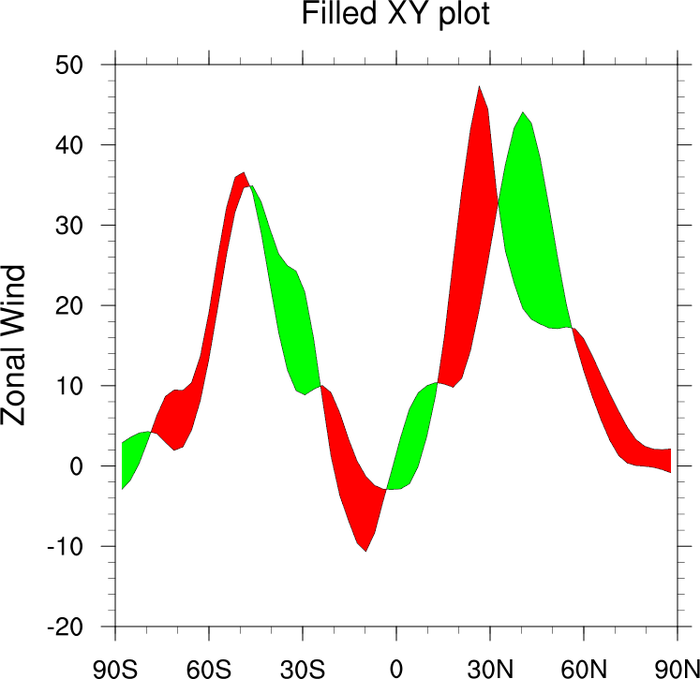- We have an exam on Friday, through 4.4.
- Your assignment over 4.4 is due today.
- You have a new assignment over 4.5, due Monday, 2/16 (after our exam).
- The substitution rule is the chain rule backwards. Every
differentiation rule is written backwards to create an
integration rule. Substitution is the flip side of the chain
rule.
We can always do the change of variables
and hope that the integral on the right is easier to solve (certainly less cluttered). Notice especially the change in the limits on the integral.
Writing it in this last way may be mysterious, because of the change of variable to u (and the change in the limits); but it's the disappearance of g'(x) that's really curious. It falls right out of the change of variables, however:
- Examples:
- #2, p. 335
- #5
- #8
- #19
- #38
- #57
Again, no great shakes here. In our introduction to the integral, we began by thinking of a definite integral as representing a signed area, between a curve and the x-axis. Now suppose that we want the area between two curves more generally?
(The x-axis is a curve -- the graph of the function .)

If one curve is always above the other, then we simply subtract the smaller area from the larger:

If the top curve is the graph of , and
the bottom curve is the graph of
, then
the difference in the areas, which is what we want (in blue), is
Let's do some examples.
There are a couple of tricks here:
- One is to figure out what to do when two curves cross:

In this case, the sign of the area changes as
and
change roles (which one is above, which below). If we want the actual geometric area, and not the signed area, then we can use this formula:
- The other trick is integrating along the y-axis, rather than
along the x-axis.

- #2, p. 349
- #3
- #6
- #17
- #31
- #41
- #45
- #46